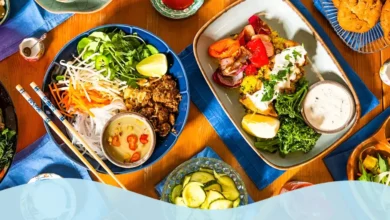Food is far more than just sustenance; it’s a powerful cultural marker, deeply interwoven with traditions, beliefs, and social structures. Throughout history, and across diverse societies, food has played a pivotal role in shaping the rituals and ceremonies that define cultural celebrations. This article explores the fascinating ways in which food shapes rituals, offering a glimpse into the cultural significance it holds during these special occasions.
The Symbolic Power of Food
Before we delve into specific examples, it’s crucial to understand that food is not merely a physical commodity. It’s imbued with meaning. The preparation, consumption, and sharing of food in rituals are often acts loaded with symbolic significance.
Different ingredients, cooking methods, and serving styles can carry historical, spiritual, and communal connotations. For instance, in many cultures, the act of sharing a meal symbolizes unity, hospitality, and reconciliation. Specific dishes may represent prosperity, fertility, or remembrance, reinforcing the values and narratives important to the cultural group. The symbolic power of food transforms ordinary meals into extraordinary experiences.
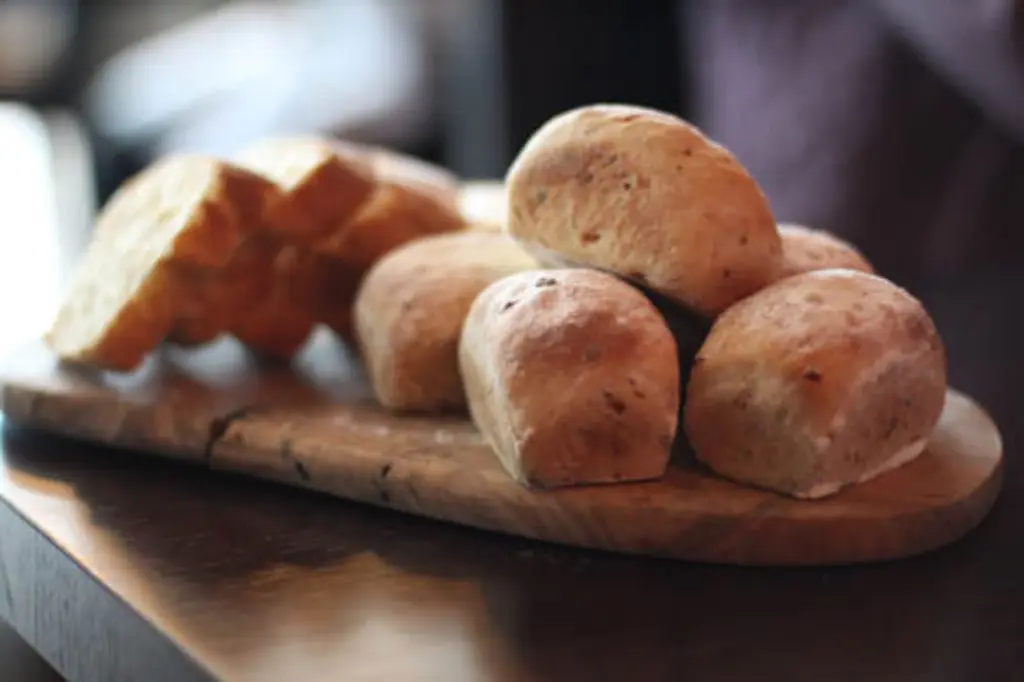
Food as a Connector
One of the most significant roles of food in rituals is to act as a connector. It connects the present with the past by passing down recipes and traditions through generations. Family recipes become cherished heirlooms, a taste of history and heritage passed from grandparent to grandchild. The act of preparing these foods together creates bonds, fostering a sense of collective identity.
See also Understanding Native American Regalia in Powwows and Sacred Ceremonies
Understanding Native American Regalia in Powwows and Sacred CeremoniesFood also connects individuals to their community. Gatherings centered around a shared meal provide opportunities for social interaction, strengthening communal ties. In many cultures, sharing food is a fundamental way to express hospitality and welcome. This sense of connectedness is critical to the success of any cultural celebration.
Food and Spiritual Significance
Many cultural celebrations are rooted in religious or spiritual beliefs, and food often plays a vital part in these practices. Certain foods might be considered sacred or have specific associations with deities or ancestors. For example, in some harvest festivals, the first fruits or grains of the season are offered in thanks for the bounty.
Similarly, during religious holidays, specific foods might be consumed to commemorate sacred events or embody spiritual themes. The act of consuming this food often has a religious connotation, transforming the meal into an act of worship or devotion. Through spiritual significance of food, cultural rituals gain greater depth and meaning.
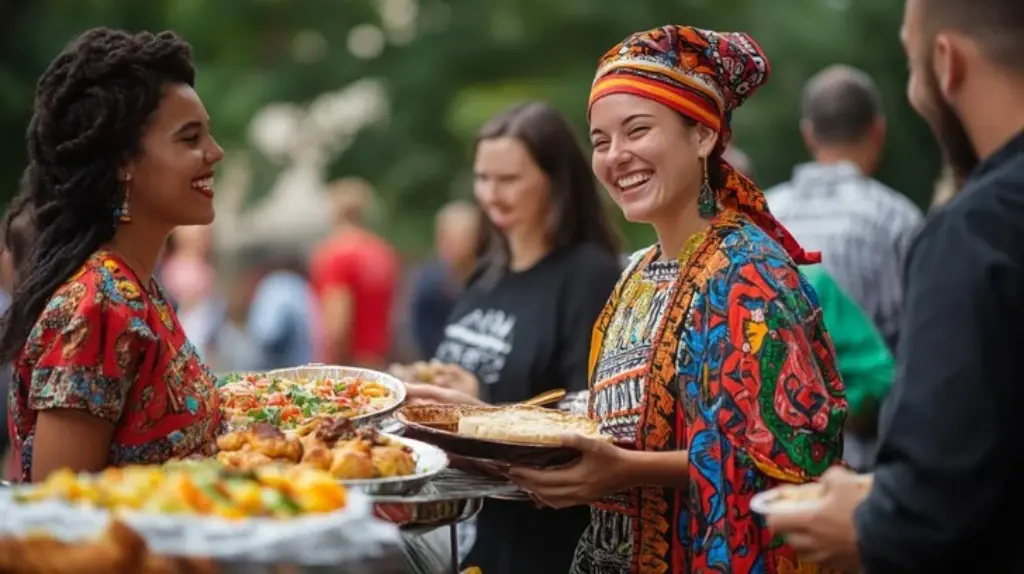
Food Rituals in Different Cultural Celebrations
Let’s explore specific examples of how food shapes rituals in various cultural celebrations around the world:
See also Norway’s Bunad: A Celebration of Culture and Heritage
Norway’s Bunad: A Celebration of Culture and HeritageThanksgiving (United States and Canada)

Thanksgiving is perhaps one of the most well-known examples of a celebration heavily influenced by food. The feast, typically including roasted turkey, stuffing, mashed potatoes, cranberry sauce, and pumpkin pie, is not just about eating; it’s about recreating a traditional meal that symbolizes gratitude for the harvest and togetherness.
The preparation of these dishes often involves family members working together, reinforcing bonds and passing on traditions. Each element of the meal, from the perfectly roasted turkey to the family-favorite stuffing, becomes a part of the shared experience, deeply ingrained in the rituals of Thanksgiving.
Lunar New Year (Various East and Southeast Asian Countries)

The Lunar New Year, celebrated across many East and Southeast Asian countries, is a festival rich with food-related traditions. Dumplings, considered lucky due to their shape resembling ancient money, are often a staple. Different types of dumplings, each with specific fillings, can carry symbolic meaning. Spring rolls are often enjoyed, representing wealth and prosperity.
Fish is a traditional dish, symbolizing abundance. The sharing of these foods is vital during the festivities. The act of families preparing and eating these New Year foods together reinforces family ties and celebrates the start of a new year with good fortune. The preparations are a ritual in and of themselves.
Diwali (India)

Diwali, the festival of lights, is also a festival of sweets and treats in India. It’s a time when families and communities come together to enjoy special food items. ‘Ladoo’, ‘Barfi’, and ‘Jalebi’ are among the many sweets that are meticulously prepared and shared. These sweets are not only part of the festive celebration but also offered to deities as part of religious rituals.
The act of making and exchanging these sweets serves to enhance the celebratory and spiritual aspects of the festival. The vibrant colors and delightful tastes of the Diwali treats create a feast for the senses, enhancing the joyous mood of the festivities.
Passover (Judaism)

Passover, a major Jewish holiday, centers around the Seder meal. This ritualistic meal tells the story of the Israelites’ exodus from Egypt. The Seder plate contains symbolic foods: Matzah (unleavened bread) represents the haste of the exodus, bitter herbs symbolize the harshness of slavery, and charoset (a mixture of fruit and nuts) resembles the mortar used in construction by the Israelites.
The consumption of these foods is accompanied by prayers and readings, turning the meal into a historical and spiritual re-enactment. The Seder meal’s food is not just food; it’s a symbol of history and faith.
Day of the Dead (Mexico)
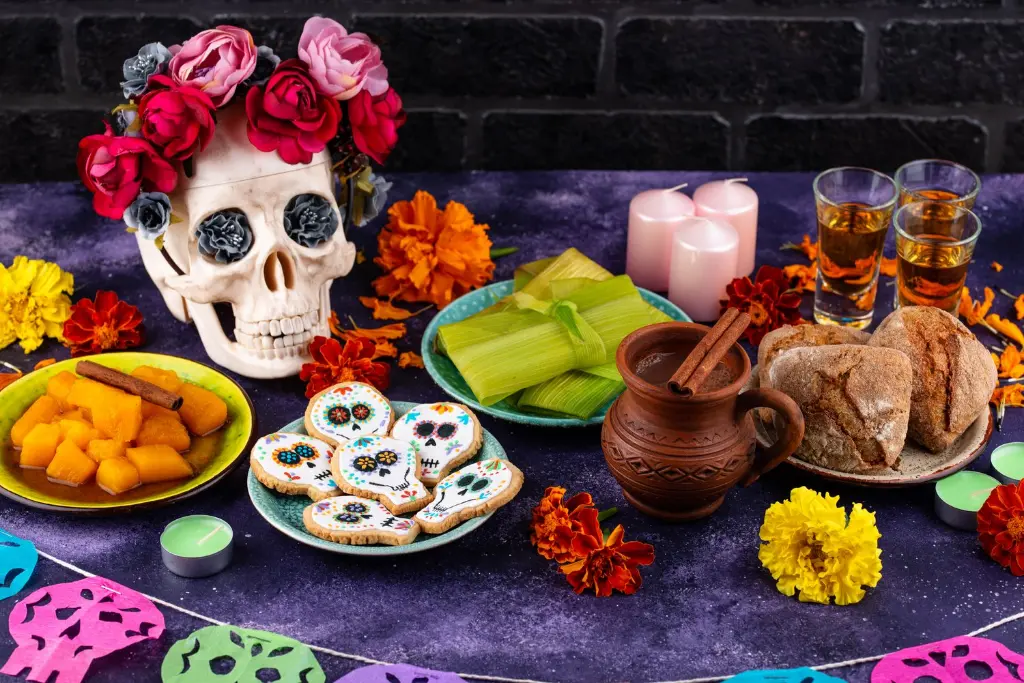
During Mexico’s Day of the Dead celebrations, food offerings are an integral part of honoring deceased loved ones. “Pan de muerto” (bread of the dead), decorated with bone shapes, is a special loaf specifically baked for this holiday. Calaveras (sugar skulls) and other traditional foods are also placed on altars to welcome the spirits back.
The belief is that the spirits partake in the essence of the food offered. The preparation and sharing of these foods become acts of remembrance and love, reinforcing the connection between the living and the dead. The Day of the Dead’s food offerings represent love, memory and tradition.
Eid al-Fitr (Islam)
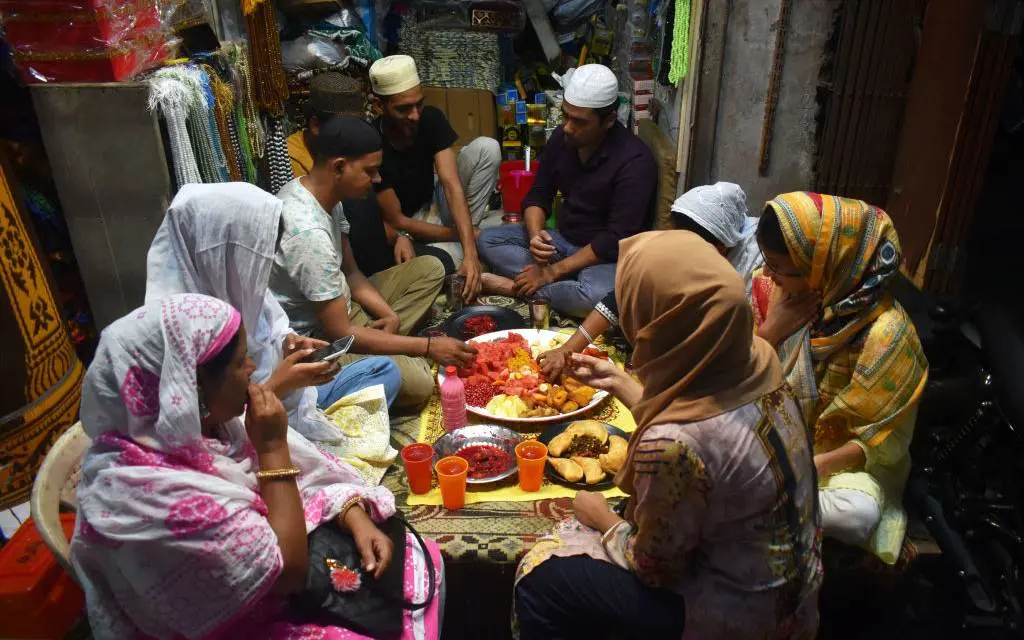
Eid al-Fitr, the celebration marking the end of Ramadan, is characterized by feasting and sharing food. After a month of fasting from dawn until dusk, Muslims enjoy special meals, often with dishes that represent cultural heritage.
Sweets such as ‘Baklava’ or ‘Ma’amoul’ are popular, and large family gatherings are organized. It is common to donate to the poor and provide meals to those in need as part of the celebration. The feasting and sharing of food on Eid al-Fitr symbolizes gratitude, community and the joy of breaking the fast.
Christmas (Various Cultures)

Christmas celebrations around the world are associated with a diverse array of food traditions. From the British Christmas pudding and mince pies to the Italian panettone and the German Lebkuchen, the festive season is rich with culinary customs. Each dish carries its own symbolic meaning or historical significance, often tied to regional or family traditions.
The Christmas dinner, often a grand feast, is central to the celebration in many countries, reinforcing bonds and creating lasting memories. These culinary traditions play a significant role in shaping the spirit of Christmas. The Christmas food rituals are a key component of the celebration.
The Cultural Significance of Communal Eating
Beyond the individual dishes, the act of eating together, or communal eating, is another critical element in shaping cultural rituals. Sharing food encourages interaction and communication, fostering a sense of community and belonging.
Communal meals often involve specific etiquettes or seating arrangements that reinforce social hierarchy or family structures. In some cultures, passing food around the table or sharing from a communal dish is a sign of intimacy and unity. Therefore, the ritual of eating together transcends mere physical nourishment; it’s an act of social bonding and cultural expression.

Preserving Traditions through Food
Food traditions are not static; they evolve over time, adapting to changing tastes and circumstances. However, the core elements often remain, serving as a connection to the past. The preservation of food rituals is essential in maintaining cultural heritage.
Many families and communities strive to uphold these traditions, passing them on to younger generations through practical instruction, storytelling, and shared experiences. The conscious effort to preserve food traditions ensures the continuation of cultural identity and history, keeping these rich narratives alive and relevant. By keeping these traditions alive, we preserve cultural heritage.
The Future of Food Rituals
In an increasingly globalized world, food traditions are encountering new influences and interpretations. While some cultural practices may fade over time, many are adapting and finding new expressions. The use of technology, for example, is creating new ways to document, share, and learn about traditional recipes and cooking techniques.
The fusion of different cuisines is also leading to the development of new, hybrid rituals. As cultures continue to interact, the future of food rituals will likely be a tapestry of tradition and innovation. This evolution of food rituals will ensure that their cultural and social relevance is preserved. The future of food rituals is one of continuous growth and adaptation.
In conclusion, food profoundly shapes rituals in cultural celebrations. It serves as a powerful symbol, a connector, a spiritual offering, and a means of expressing identity. Whether it’s the Thanksgiving feast, the Lunar New Year dumplings, or the Passover Seder, food is at the heart of these cultural moments.
It is through these culinary practices that families and communities unite, share stories, and celebrate their unique cultural heritage. The next time you participate in a cultural celebration, take a moment to reflect on the significance of the food you are sharing.
The flavors, aromas, and rituals surrounding it are powerful narratives that connect us to our history and to one another. They remind us that food is more than just nourishment—it’s a profound expression of culture.“`

